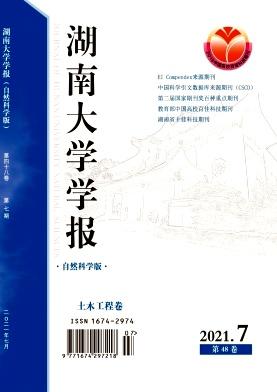Effects of Overlapping Action of Clinically Applied Rehabilitation Interventions Based on the Theory of Neuroplasticity
引用次数: 0
Abstract
This study was invested to investigate the effects of a treatment method that can apply the theory of neurorehabilitation for rehabilitation treatment of stroke patients on spasticity, balance ability, and walking ability. In this study, 30 people diagnosed by a rehabilitation medicine specialist were divided into experimental group A and experimental group B through a random assignment method. Experimental group A received extracorporeal shock wave therapy on the paralyzed lower extremity after proprioceptive neuromuscular facilitation treatment, and experimental group B received non-gravity treadmill training after proprioceptive neuromuscular facilitation treatment. All treatments were performed 3 times a week for 6 weeks, and pre- and post-evaluation were conducted. Spasticity, gait speed, dynamic balance ability, and ankle angle were measured to evaluate the treatment effect. In the results of the study, the decrease in spasticity was statistically significantly higher in experimental group A than in experimental group B, and the improvement in walking speed and dynamic balance ability was statistically significantly higher in experimental group B than in experimental group A. In addition, the change in ankle angle was greater in experimental group A than in experimental group B. In conclusion, various treatment methods should be applied simultaneously to improve the quality of life and quickly return to society in stroke patients.基于神经可塑性理论的临床应用康复干预重叠作用效应
本研究旨在探讨一种将神经康复理论应用于脑卒中患者康复治疗的治疗方法对痉挛、平衡能力和行走能力的影响。在本研究中,通过随机分配的方法,将30名康复医学专家诊断的患者分为实验组a和实验组B。实验组A在本体感受性神经肌肉促进治疗后对瘫痪的下肢进行体外冲击波治疗,实验组B在本体感受神经肌肉促进处理后进行非重力平板训练。所有治疗每周进行3次,持续6周,并进行前后评估。测量痉挛性、步态速度、动态平衡能力和踝关节角度以评价治疗效果。在研究结果中,实验组A痉挛的减少在统计学上显著高于实验组B,并且实验组B的行走速度和动态平衡能力的改善在统计学上明显高于实验组A。此外,实验组A的踝关节角度变化大于实验组B。总之,应同时采用各种治疗方法,以提高中风患者的生活质量并迅速重返社会。
本文章由计算机程序翻译,如有差异,请以英文原文为准。
求助全文
约1分钟内获得全文
求助全文

 求助内容:
求助内容: 应助结果提醒方式:
应助结果提醒方式:


